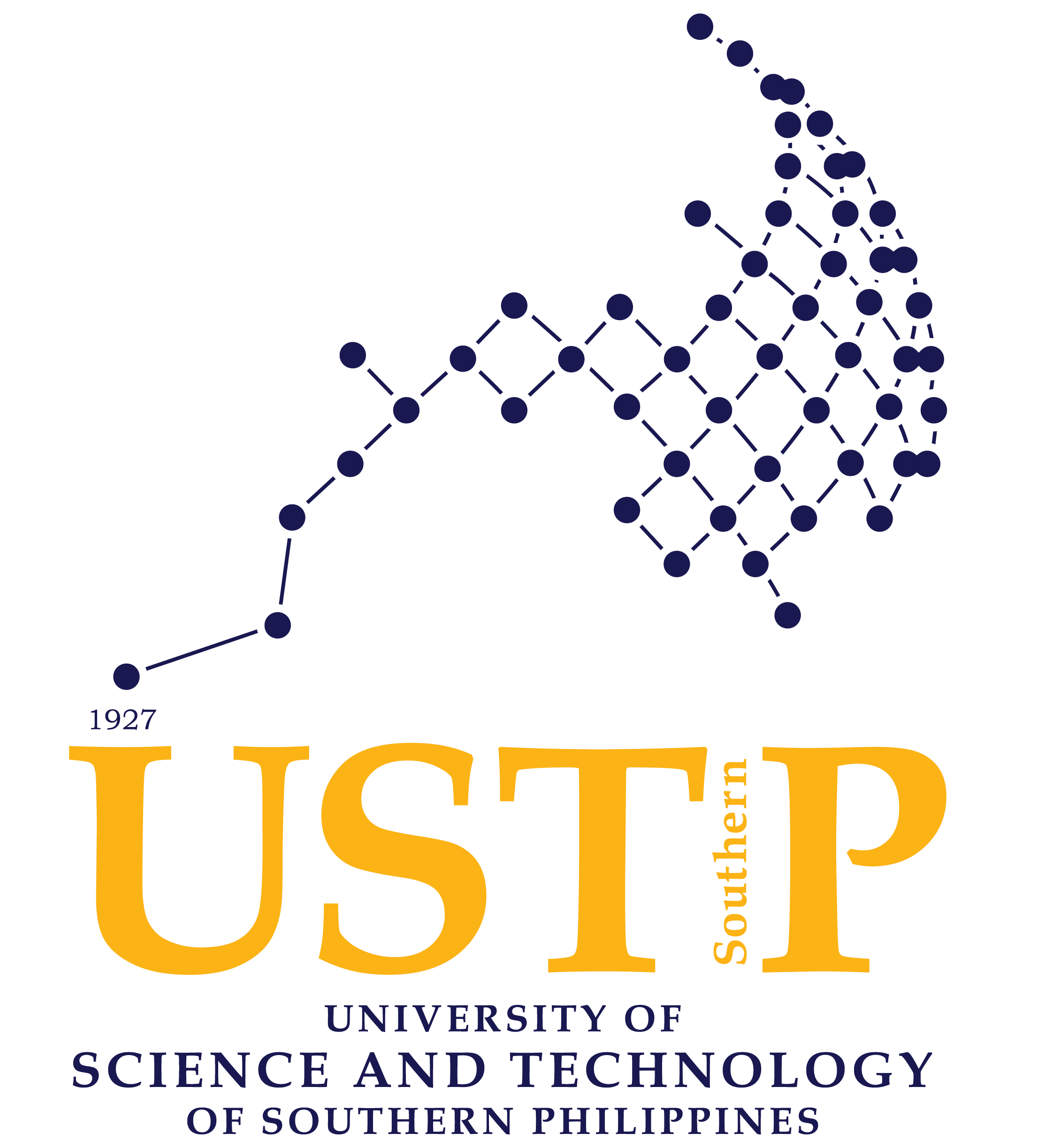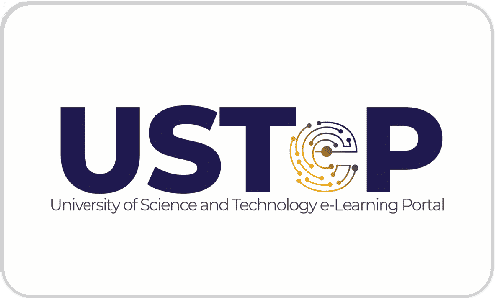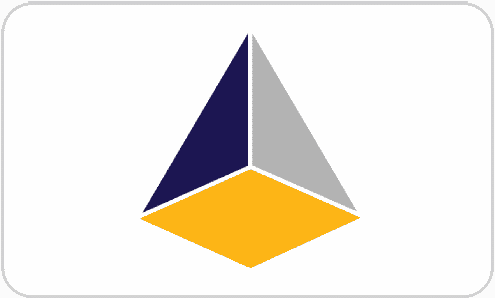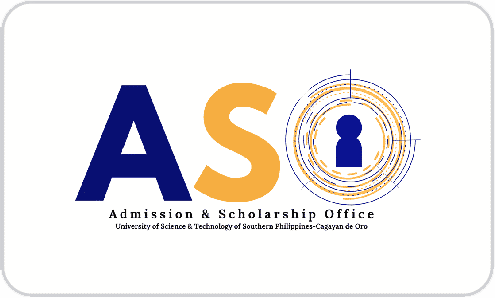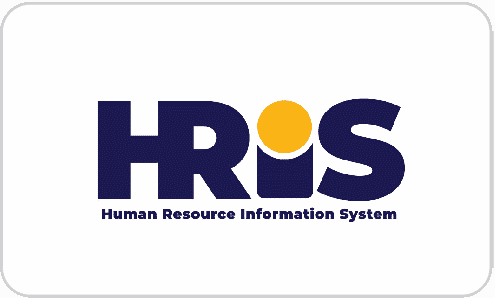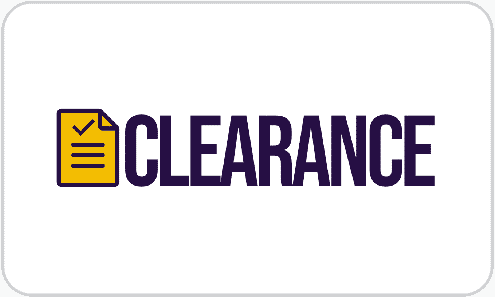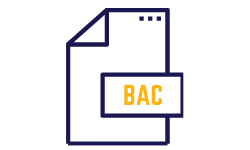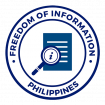USTP-PANAON’s Marine Biology Department conducts Coastal Resources Assessment on Sinacaban, Mis.Occ.
A Rapid Resource Ecological Assessment was conducted to Sinacaban’s Coastal Resourceslast July 28-29, 2020.The comprehensive assessment was in response to the request of Misamis Occidental Board Member Eduardo C. Cebedo, recognizing Panaon Campus’ capacity to competently perform the activities.
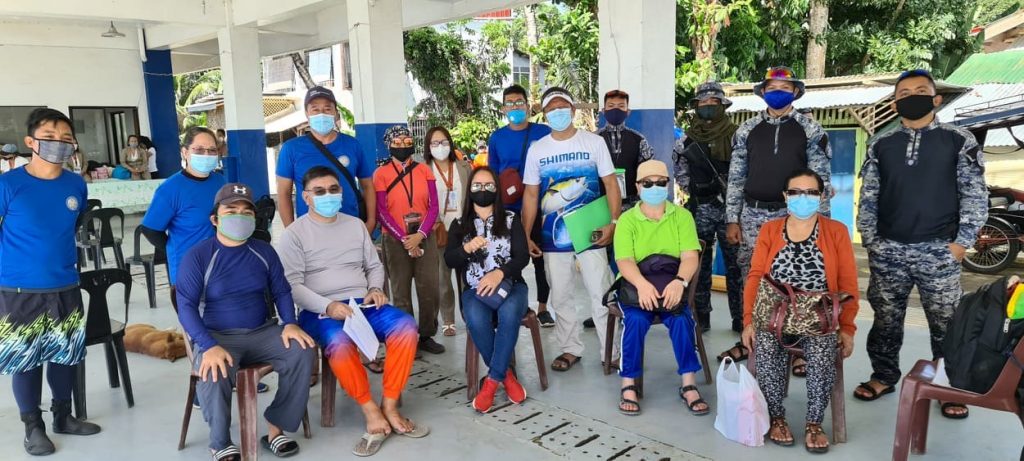
The USTP-Panaon Marine Biology Department and the Sinacaban LGU (Photo Credit to Dr. Concepcion C. Regalado)
The Municipality of Sinacaban in Misamis Occidental has vast coastal areas needing to be explored. Heeding to the call, the Marine Biology Department Chairperson, Mr. Celso C. Almirol, spearheaded the activity. Faculty members from USTP-Panaon’s Marine Biology Department were assigned to different areas within the municipality based on their respective field of expertise. To wit, Dr. Concepcion C. Regalado together with Ms. Leny Q. Anasco, Ms. Jethra M. Lapinig and Ms. Annielyn P. Lasagas were assigned to do Mangrove Assessments. Another team led by Mr. Jared Gomonit was tasked to do the Bathymetry. Meanwhile, a team composed of Mr. Almirol was assigned to do Fish Visual Census. Mr. Charlemagne P. Recente, who led another team, was tasked to do the coral reef assessment and Mr. Mark L. Arcilla was assigned to assess seagrasses, seaweeds and macro-invertebrates. The third year BS Marine Biology students provided assistance during the entire coastal resources assessment.
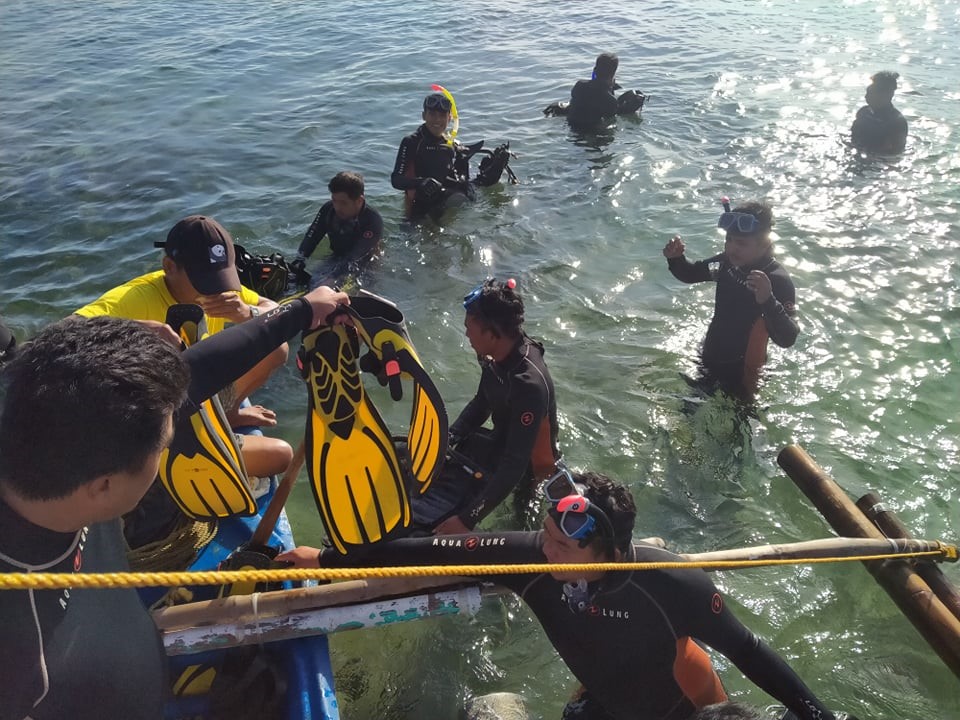
The Marine Biology Department delivered a Coastal Resource Assessment Presentation on August 28, 2020 at the Municipality of Sinacaban Sanggunian Session Hall. The presentation was participated in by Misamis Occidental Board Member Eduardo C. Cebedo, Municipality of Sinacaban Mayor Dello T. Lood, Sinacaban Municipal Agrarian Officer (MAO), Sangguniang Bayan Officials, DENR-PENRO, Sinacaban Bureau of Fisheries and Aquatic Resources (BFAR) Municipal Council Officials, DOST and USTP-Panaon.
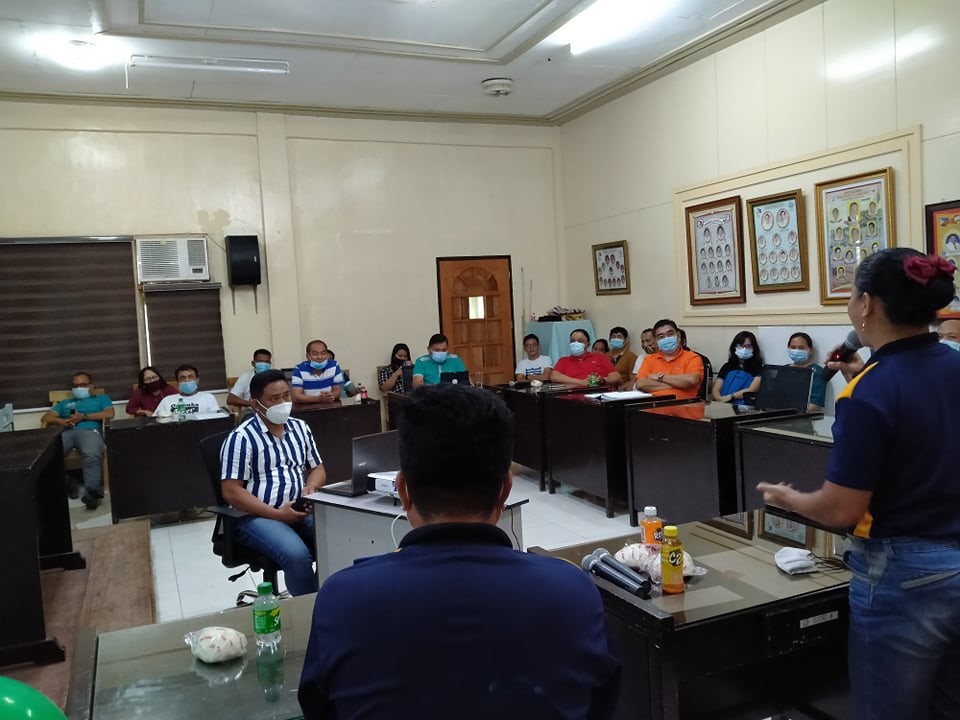
Almirol acted as the moderator for the said presentation. The presenters on each assessed ecosystems were as follows:
- Mangrove Ecosystem, Bathymetry and Fish Visual Census –Mr. Celso C. Almirol,
- Seagrass, Seaweeds and Macro-invertebrates –Mr. Mark L. Arcilla,
- Coral Reef Ecosystem –Mr. Charlemagne P. Recente.
The findings include the following:
Mangrove Ecosystem
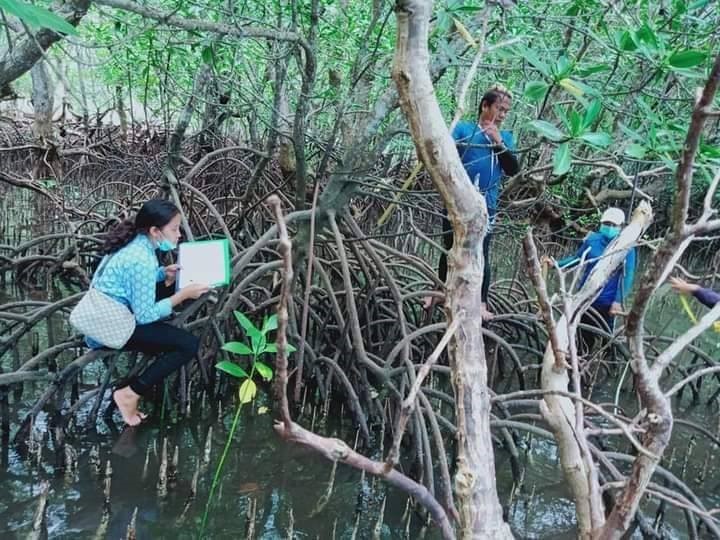
On-site data collection at the mangrove sanctuary of Mr. Almirol’s team.
– Sinacaban diversity score of 1.69 indicates that the municipality has a relatively diverse Mangrove Ecosystem
– Planting of other mangrove varieties is recommended to recruit new animal species and add biodiversity on available mangrove trees.
Seagrass, Seaweeds and Macro-invertebrates
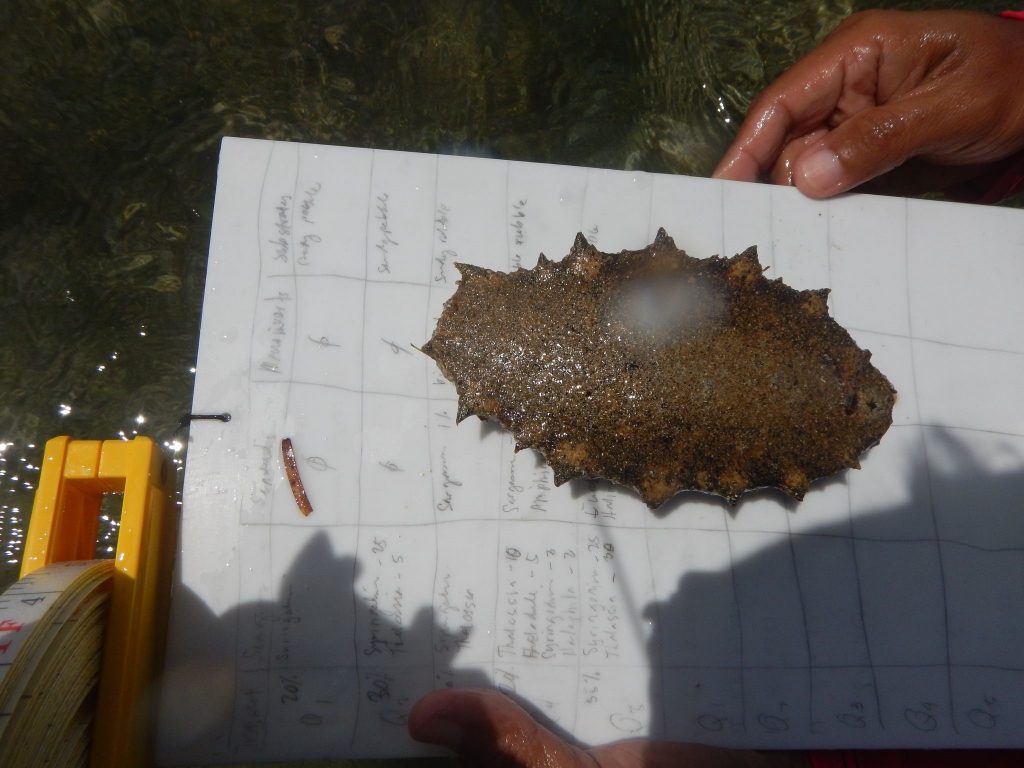
Holothuria fuscogilva (aka White Teatfish)
– Sinacaban has a relatively abundant Seagrass and Seaweed Ecosystems
– The team was able to find an interesting macro-invertebrate Holothuria fuscogilva (aka White Teatfish) – a rare and expensive kind of Sea cucumber in Kamaligan Island which is found within the municipality waters.
– USTP Panaon recommended making Kamaligan Island into a Marine Protected Area as it has been found to be rich in marine resources.
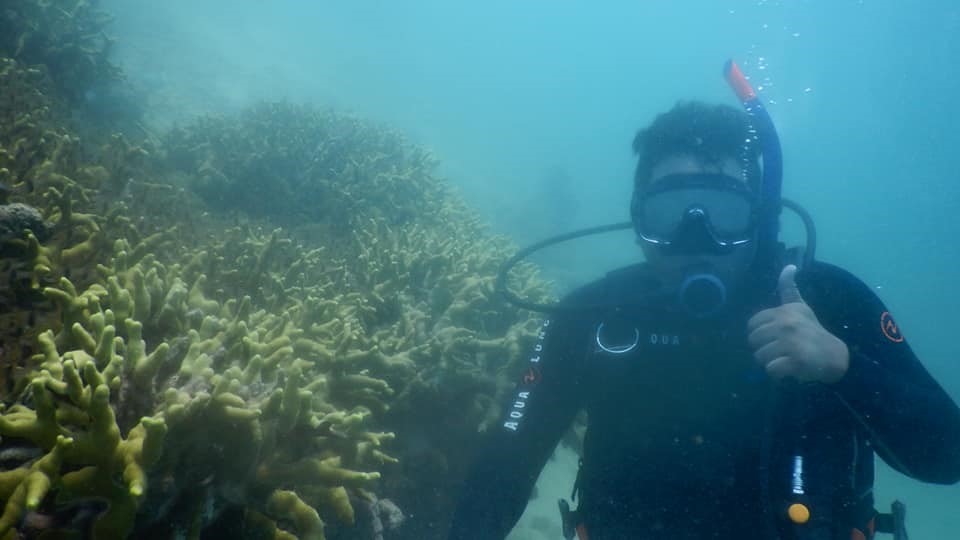
Photo Credit to Darwin S. Macalisang , BSMB student
Coral Reef Ecosystem
– The Dolphin Island of Sinacaban has relatively damaged coral assemblages.
– It is recommended to enhance and support municipal Water Policies.
– USTP Panaon suggests the creation of coral gardens and a constant engagement to coral transplantation activities to improve coral reef community and assemblages to recruit variety of fishes.
Misamis Occidental BM Cebedo was very pleased and even commended the output of the Marine Biology Department of USTP-Panaon. The latter further added that USTP-Panaon will be known to many as the Center of Coastal Environmental Assessments Institution in Misamis Occidental. Moreover, BM Cebedo promised to bring the idea to the Provincial Board meetings so that LGUs should coordinate with USTP-Panaon as a partner institution in conducting Coastal Resources Assessments in the province of Misamis Occidental. Mayor Lood, for his part, felt challenged with the result and committed to improve the environmental conditions of Sinacaban’s Coastal Resources.
Professor Añasco expressed thanks and salutations to BM Cebedo and Mayor Lood for choosing USTP-Panaon as partner. Ms. Anasco added that USTP-Panaon is looking forward for more collaboration in the future.
by: Mark L. Arcilla | Marine Biology Faculty, USTP-Panaon
